Blog - Five Tasty Vegetables That Thrive in the Winter Months
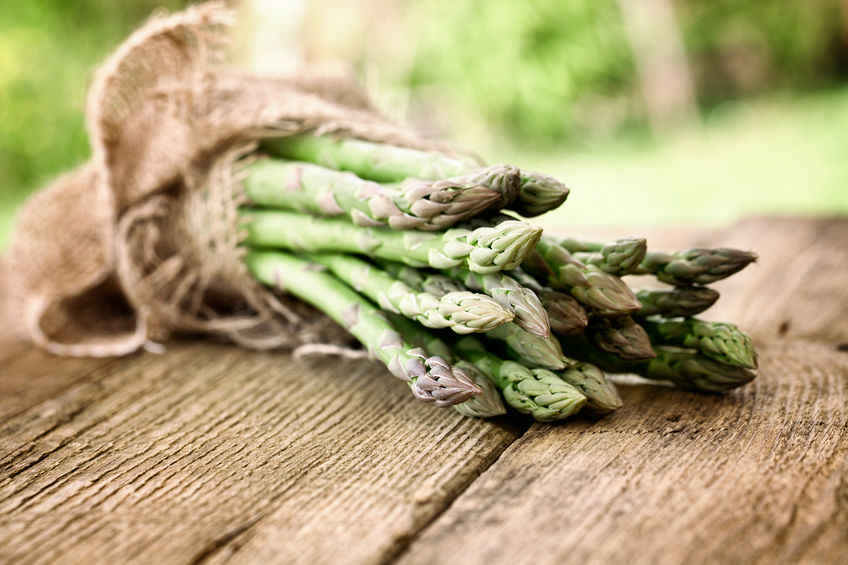
Five Tasty Vegetables That Thrive in the Winter Months
Believe it or not, some of the healthiest and most delicious vegetables grow in the cold winter months. These vegetables even thrive after a frost — many even get sweeter!
These vegetables produce more sugar to protect themselves from the low cold temperatures and prevent them from freezing. It is a win-win — the plant doesn’t freeze, and we get a tastier veggie.
Please remember, it’s imperative to not let the ground freeze. Once the ground dips to freezing temperatures, the roots can get ruined because the water inside their tissues starts to freeze. There are many products on the market that you can use to prevent this; it is best to check what works best in your local area.
The Best Veggies to Grow Outdoors in the Winter
Here are some recommended vegetables to grow in the cold winter months:
Onions and Shallots: These belong at the top of the list! Onions are very easy to grow and very low maintenance, but they have a long growing season and won’t be ready for harvest until the following summer. Shallots, although in the onion family, aren’t quite as strong tasting as the onion and are said to have a hint of garlic flavor. They have become more popular in recent years.
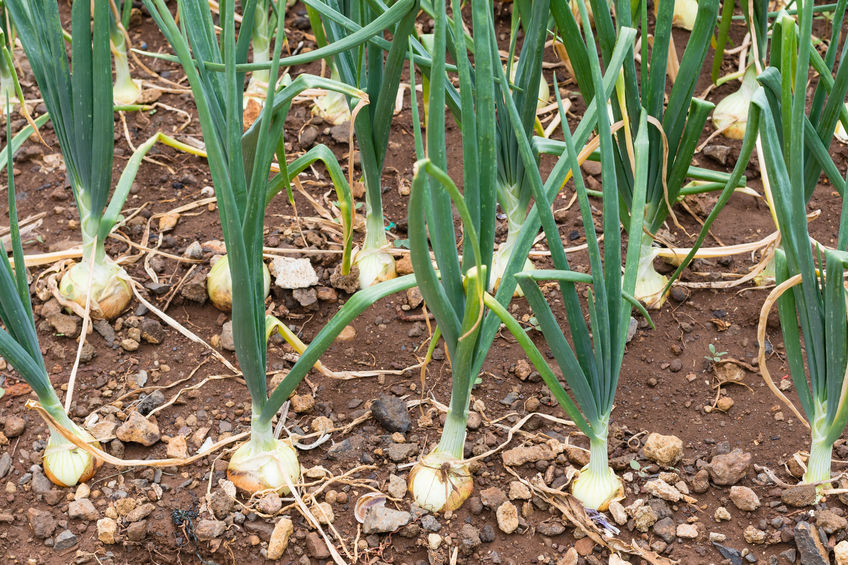
Onions are a great antioxidant and are anti-inflammatory. They contain an essential trace mineral called chromium, which helps regulate blood sugar so that you won’t get those horrible hunger spikes.
Garlic: Who doesn’t love garlic? Okay, maybe vampires, but for most of the general public, cooking with garlic is not only tasty but very healthy.
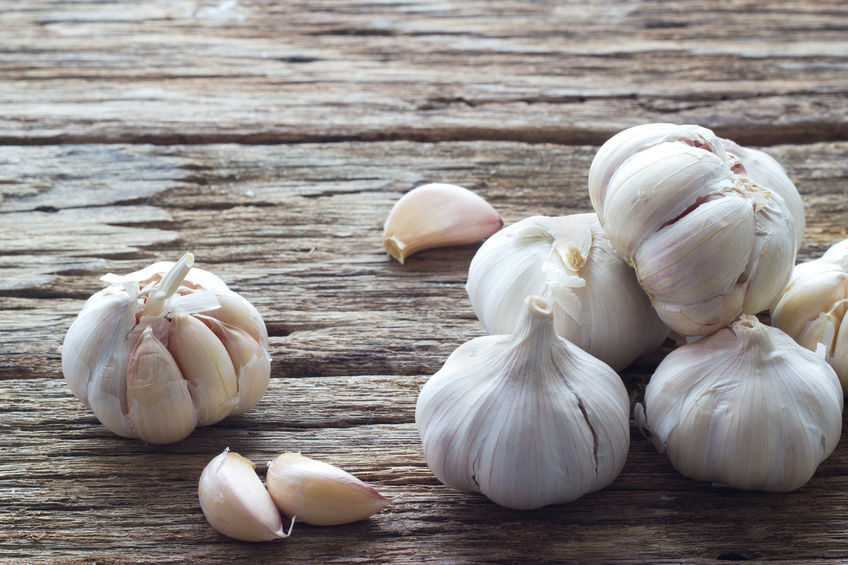
Garlic is super easy to grow and is frost-tolerant. There are many varieties of garlic to choose from, but it does have a long growing season just like onions and won’t be ready to harvest until the summer. It is advised to start planting garlic about six to eight weeks before the ground freezes.
Beyond improving cholesterol levels and lowering the risk of heart disease, garlic can also reduce the length of your cold symptoms, which is especially helpful during these winter months.
Spinach: This vegetable is jam-packed with nutrients such as folate, vitamin C, niacin and potassium. There is a surprise benefit that happens when you heat spinach — you will absorb higher levels of vitamin A, vitamin E, protein, zinc, thiamin, calcium and iron!
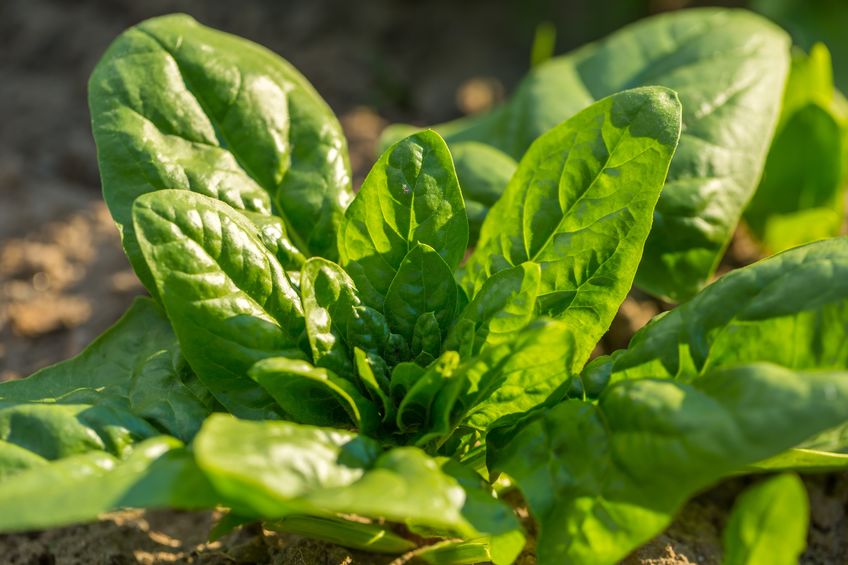
Once planted, spinach will produce vast amounts. Make sure you master cutting the spinach (within two inches of the ground), which will keep building the harvest over and over again well into the summer months. The size of the leaves is directly related to when you harvest them. It is best grown when given rich soil boosted with a nitrogen source, such as composted manure.
Peas: These are the most impressive food of 2018! They have been recently discovered to help protect against stomach cancer. Peas also contain a significant amount of fiber and protein and have a low glycemic value, which can contribute significantly in lowering the risk of Type 2 diabetes. Here’s some additional information on this superfood.
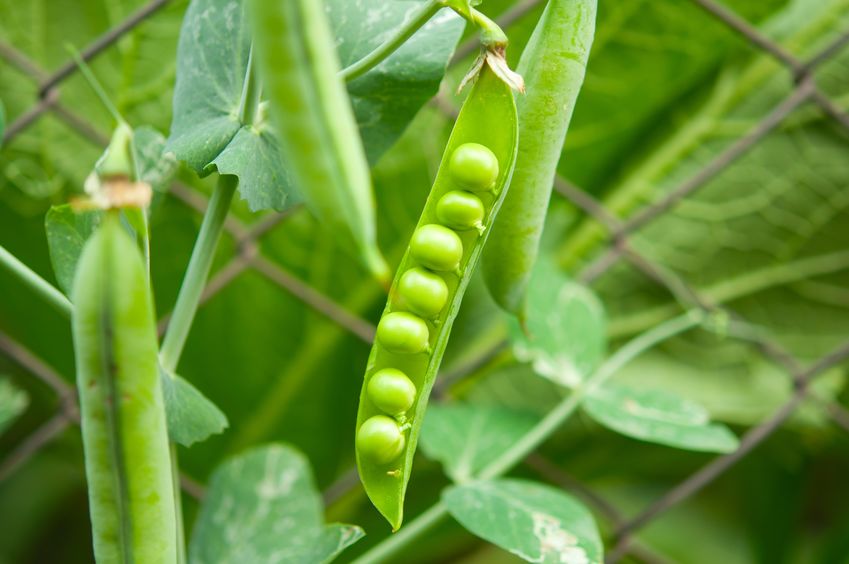
Sprinkle wood ashes to the soil before planting peas. The pea plants are very easy to grow but have a short growing season. Peas also have a short lifespan after harvest, so it’s best to eat them freshly harvested.
Asparagus: This tasty delicacy is here to stay. We are serious — the asparagus wants and demands permanent residency. Once you establish an asparagus bed (which will take about two years), each crown can produce 25 spears per year and will continue to provide for the next 25-30 years.

The unique health benefits are great. Asparagus helps fight cognitive decline with the folate it contains, coupled with vitamin B12, so make sure you are getting a sufficient amount of the vitamin.
So plan ahead for the cold winter months, and you can ensure yourself a great harvest that will thrive!
No Description
Leave a Comment
You must be logged in to post a comment.